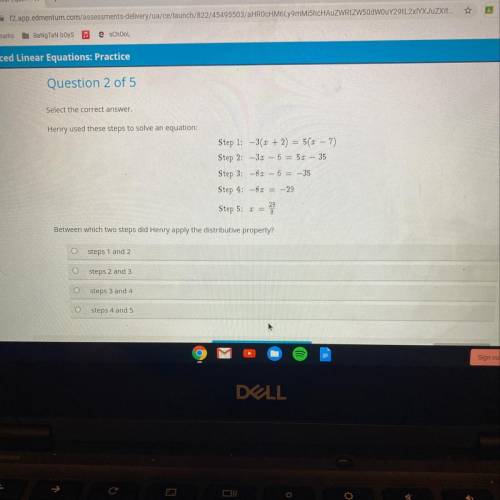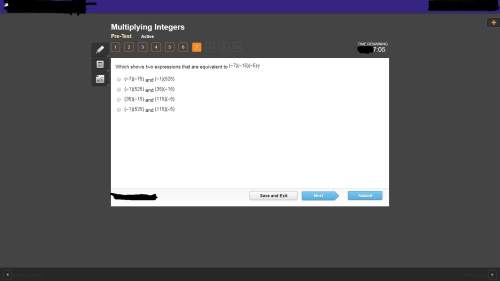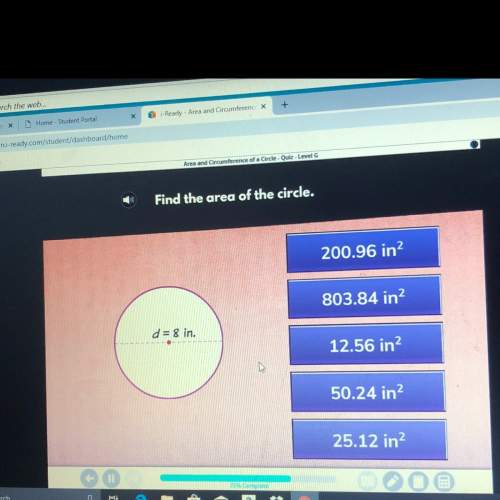Select the correct answer
Henry used these steps to solve an equation:
Step 1: -3(+ + 2) = 5(...

Mathematics, 29.08.2020 01:01, malikthomas
Select the correct answer
Henry used these steps to solve an equation:
Step 1: -3(+ + 2) = 5('* - 7)
Step 2: -3.8 - 6 = 51 - 35
Step 3: -8.3 - 6 = -35
Step 4: - = -29
Step 5: x =
Between which two steps did Henry apply the distributive property?
O
steps 1 and 2
steps 2 and 3
steps 3 and 4
steps 4 and 5


Answers: 1
Other questions on the subject: Mathematics


Mathematics, 21.06.2019 20:30, becca2327
Tom is the deli manager at a grocery store. he needs to schedule employee to staff the deli department for no more that 260 person-hours per week. tom has one part-time employee who works 20 person-hours per week. each full-time employee works 40 person-hours per week. write and inequality to determine n, the number of full-time employees tom may schedule, so that his employees work on more than 260 person-hours per week. graph the solution set to this inequality.
Answers: 2

Mathematics, 21.06.2019 21:40, joeykyle05
Write the contrapositive of the conditional statement. determine whether the contrapositive is true or false. if it is false, find a counterexample. a converse statement is formed by exchanging the hypothesis and conclusion of the conditional. a) a non-converse statement is not formed by exchanging the hypothesis and conclusion of the conditional. true b) a statement not formed by exchanging the hypothesis and conclusion of the conditional is a converse statement. false; an inverse statement is not formed by exchanging the hypothesis and conclusion of the conditional. c) a non-converse statement is formed by exchanging the hypothesis and conclusion of the conditional. false; an inverse statement is formed by negating both the hypothesis and conclusion of the conditional. d) a statement not formed by exchanging the hypothesis and conclusion of the conditional is not a converse statement. true
Answers: 1

Mathematics, 21.06.2019 22:00, jasmineanitak16
Using inductive reasoning, what is the next two numbers in this set? 1,-7,13,-19 i got the numbers 14,-26 is that right?
Answers: 2
Do you know the correct answer?
Questions in other subjects:


Mathematics, 08.12.2019 14:31


Social Studies, 08.12.2019 14:31

Biology, 08.12.2019 14:31


Mathematics, 08.12.2019 14:31

Geography, 08.12.2019 14:31


Chemistry, 08.12.2019 14:31








